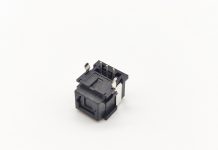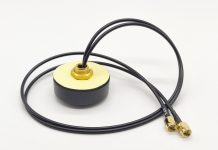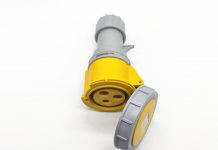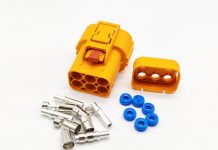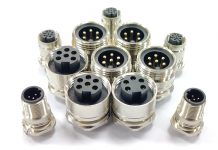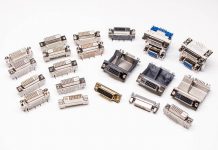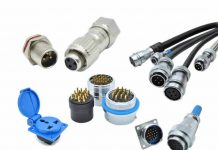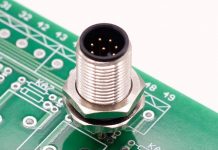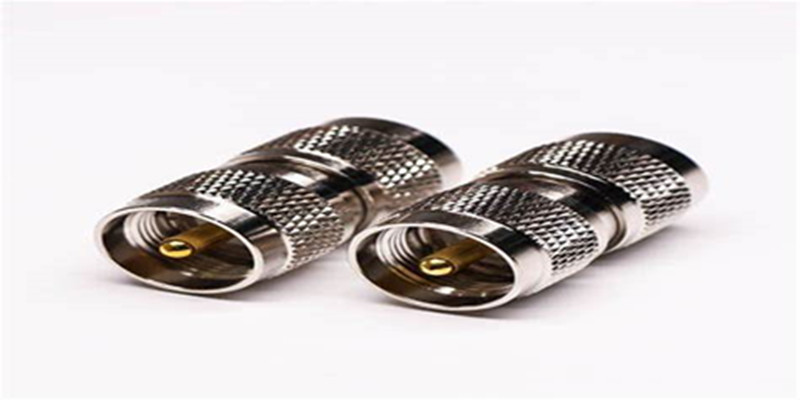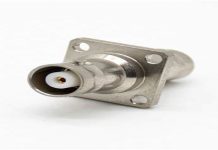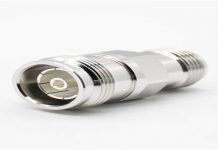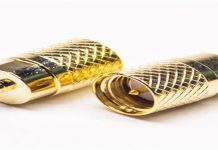UHF interface is a kind of RF connector, it has the same electrical performance as an RF connector. Therefore, as long as you understand the electrical performance of RF connector, you can basically understand
Electrical performance of UHF interface. So what is the electrical performance of the UHF interface? The following will focus on the electrical performance of the UHF interface.
The electrical performance of the UHF interface mainly involves three aspects: characteristic impedance, frequency, and VSWR. The details are as follows:
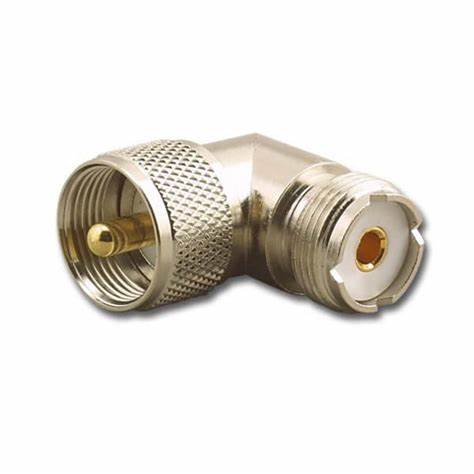
- UHF interface characteristic impedance
The characteristic impedance of the UHF interface is mainly 50Q and 7502. Most UHF connectors have both 50Q and 75Q specifications. Generally speaking, 50QUHF connectors are mostly used for high frequency
Rate, high-performance products: 75QUHF connectors are mostly used for products with lower frequencies, and the frequency is mostly below 4GHz, especially for consumer electronic video. The user should be based on their own
The product chooses a connector that matches its impedance. If users use 750 RG 59 Cable, they should choose a 75Q connector. - UHF interface frequency
Each UHF interface has a frequency range, and users must choose the appropriate UHF connector according to the working frequency of their product. Choosing a connector that is lower than the required operating frequency will
Affect the electrical performance of the whole machine: or choose expensively, high-precision, and high-frequency connectors to cause waste. The UHF interfaces produced by different companies have relatively large differences in frequency, and the quality is inferior.
The frequency of the UHF interface is not up to standard at all, so be sure to confirm the electrical performance when choosing the UHF interface. - UHF interface VSWR
VSWR is one of the key indicators of the UHF interface. It is a measure of the amount of signal returned from the connector. It is a vector unit including amplitude and phase components. The UHF interface of the same model has different EVSWR at different frequencies. Generally speaking, the higher the frequency of use, the higher the VSWR. If users want to know the WWSR under a certain frequency of the UHF interface, they can ask the UHF manufacturer.
UHF connector termination forms are divided into four types: wiring type, PCB, panel type, mechanical structure, material, and surface treatment. The specific content is as follows:
- UHF connector wiring type
Wiring is divided into welding wire type and crimping type connector. The wire bonding type is to welds the center conductor and the cable shielding layer. The crimping type is to crimp the center conductor and the cable shielding layer, and the crimping type has good efficiency and high performance. The wire bonding is stable and reliable. Generally, the crimping type is mostly used for flexible cables, and the welding type is mostly used for semi-flexible cables and half steel cables. - UHF connector PCB
When the UHF connector is to be connected to the PCB, it is mostly a plug-in type or a patch type. In order to accommodate the tin, the metal connected to the PCB is mostly gold-plated or tin-plated.

3.UHF connector panel type.
Panel UHF connectors are mostly installed on the chassis to connect internal and external devices. The flange type is to drill holes on the main panel of the UHF connector for installation and fixation. There is also a screw thread that is machined on the main body of the UHF connector and fixed with the screw thread. Such UHF connectors often require waterproof functions.
4.UHF connector mechanical structure, material, surface treatment
The performance and price of UHF connectors are closely related to the mechanical structure, material, and surface treatment. The mechanical structure determines the production efficiency, materials, and even materials of UHF connectors.
Commonly used materials for UHF products are brass, bronze, beryllium copper, stainless steel, and PTFE. Brass and bronze have relatively low prices, low hardness, easy processing, and high production efficiency. Beryllium copper and stainless steel have a high price, high hardness, and good elasticity, but it is difficult to process. In order to reduce resistivity, improve corrosion resistance and oxidation resistance, UHF connectors use heavy metal platings, such as gold, silver, and nickel.
This is the end of the introduction about the electrical performance and termination from knowledge of the UHF interface. For more technical documents related to UHF connectors, our engineers will continue to edit and publish them on the UHF technology page for free reference. If you need to purchase UHF connector-related products, please contact us directly, and professional UHF connector engineers will answer your questions.

